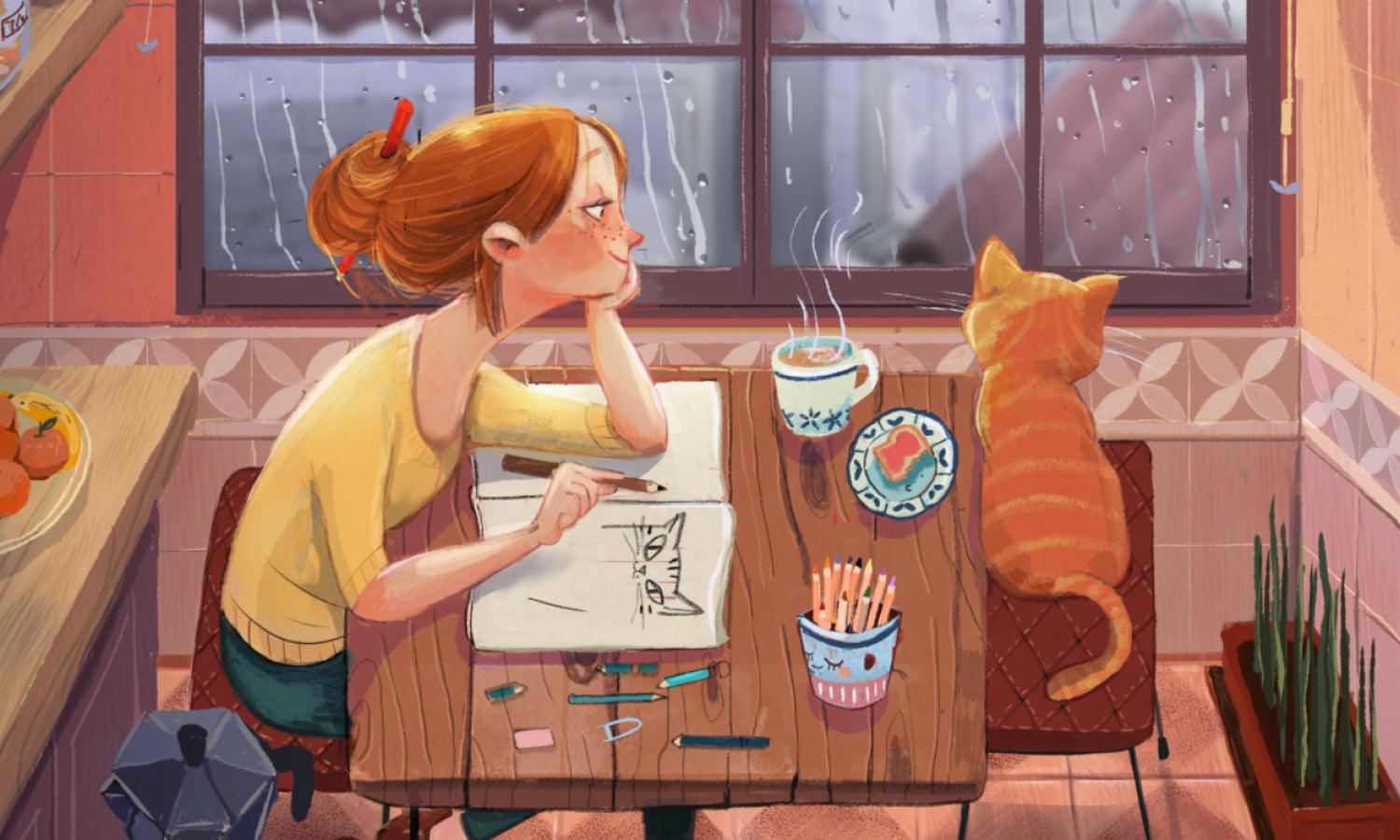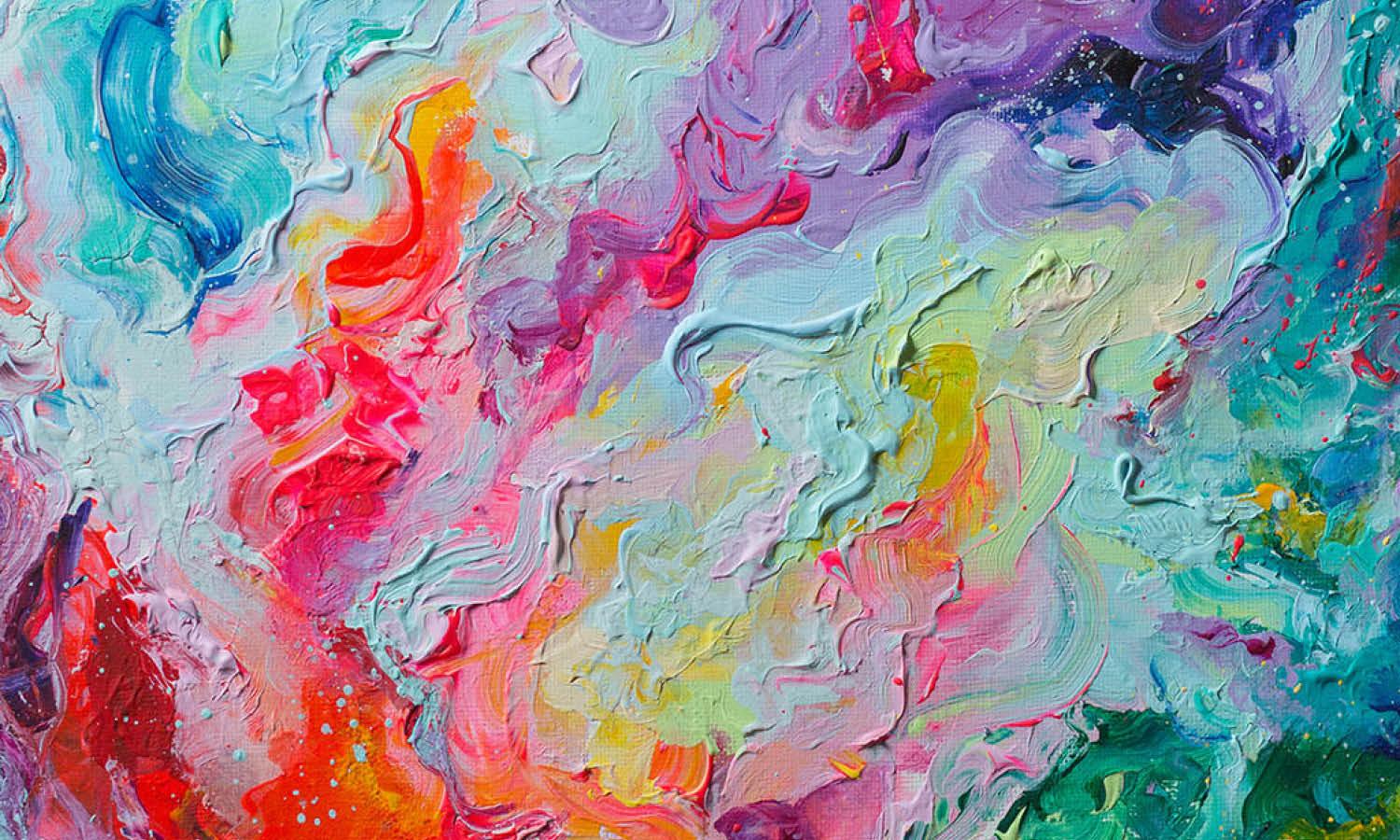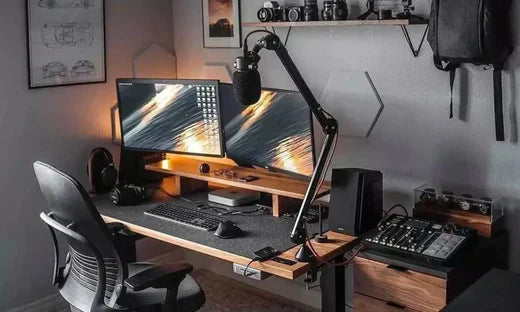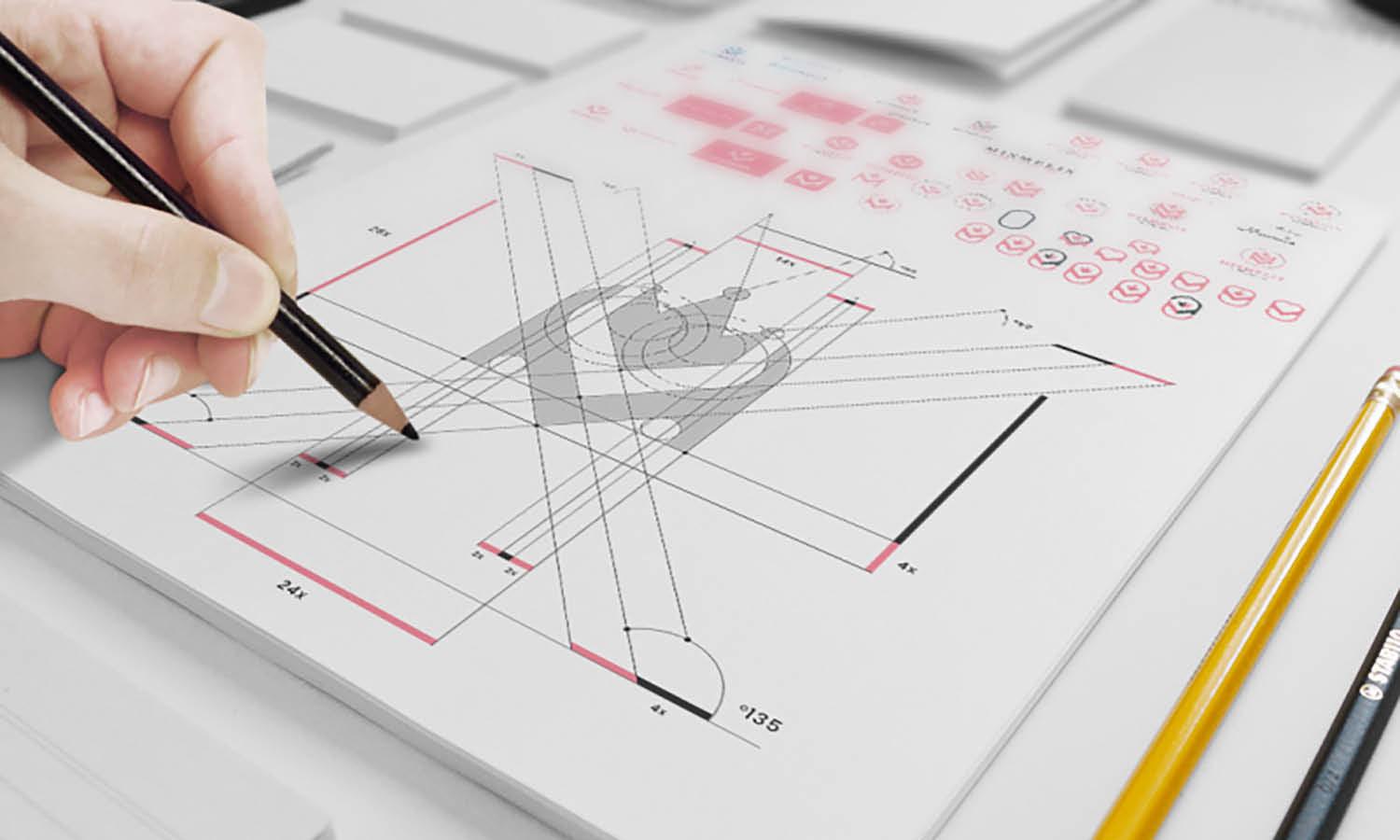Benefits of Art Education Statistics

Many teachers want to offer creative projects, but time can be short. Anyone who needs help with written tasks can write my paper through professional services. Still, when it comes to painting or drawing, students benefit from hands-on work. The importance of art education in the classroom stands out in many ways. By looking at benefits of art education statistics, schools see how art sparks new ideas. Learners who explore drawing, music, or drama often improve problem-solving skills. Even brief art lessons can reduce stress and build self-confidence. In a friendly classroom setting, children discover new ways to express thoughts. Colors and shapes become words and sentences for them. Through basic sketching or painting, creativity grows. Students then learn to focus and reflect on personal experiences. These lessons also promote better social interaction. With shared projects, classmates bond while exploring art tools and techniques. These activities encourage deeper thinking too.
Why Arts Education in Public Schools Matters
Arts education in public schools gives students from all backgrounds a chance to grow. These programs help learners explore painting, sculpture, dance, and music in safe environments. When children engage with art tools, they expand their imaginations and learn to work carefully. Teachers who include projects like murals or group performances show kids the joy of collaboration. Even those who feel unsure at first soon discover their hidden creativity. This process builds pride and a sense of accomplishment, which can boost attendance and class participation. Education art is not just about pretty pictures. It is about absorbing ideas and communicating in new forms. Over time, these artworks become part of school culture, inspiring future classes. By supporting arts programs, communities invest in a more vibrant generation. Each student’s experience with painting or dance can foster fresh ways of thinking. Plus, these lessons may guide them toward future careers. Projects count.
Link Between Art and Cognitive Skills
Studies show that drawing or painting can boost memory and concentration. When students practice different art forms, they grow their ability to observe details. This skill then transfers to other areas, such as science labs or math activities. In many cases, teens who enroll in benefits of art classes in high school find they become calmer and more reflective. By focusing on shapes and colors, they also learn to process visual information faster. For example, sketching an object with accuracy can sharpen fine motor skills and improve attention spans. Additionally, when teachers applaud creative thinking, students feel bolder about problem solving. This can enhance test scores and general academic success. Artwork also encourages group discussions about personal viewpoints, which can sharpen analytical capacities. With patient instruction, students learn to express emotions in a healthy way. Over time, these experiences feed into a more balanced educational journey. This growth helps everyone.
Fostering Self-Expression and Confidence
Art activities let students share their ideas in colorful ways. Through painting, music, or design, each child can find a unique voice. This sense of personal style often builds self-esteem over time. While some subjects have strict right-or-wrong answers, art invites open-ended solutions. This helps students test personal strengths and explore new skills. In groups, kids learn to critique each other’s projects kindly, which boosts empathy and communication. Teachers can guide them to see each piece of education artwork as an evolving statement. Young people then begin to speak up and trust their point of view. By showcasing completed projects, schools highlight the hard work and creativity of each learner. Family members who visit art shows also get a window into the child’s thoughts. Such experiences can improve student-teacher relationships too. As these youths feel comfortable, they engage more fully in the classroom, ready to face fresh challenges. Confidence blossoms.
Building Teamwork Through Collaborative Projects
Group art projects teach students to trust each other. When they plan a mural or stage performance, they must share ideas and solve problems together. This practice builds group harmony and teaches respect for different opinions. As classmates draw sketches or paint sections, they realize each person’s work matters. By learning to combine talents, they see how unity leads to a strong final product. Teachers can assign small tasks, like mixing paints or organizing supplies, to highlight responsibility. In this way, each pupil contributes to the group’s success. Collaborative artwork also breaks social barriers, letting shy kids talk through creative tasks. When problems arise, students learn to communicate clearly and find fair solutions. Overcoming roadblocks as a team can bring a sense of joy that fosters long-lasting friendships. In simpler terms, these group art experiences strengthen social bonds, build empathy, and set healthy patterns for future teamwork. Together, creativity thrives.
Art’s Relationship With Emotional Well-Being
Art often acts as a release valve for stress. When people create something, they focus on colors, textures, and shapes, which can calm anxious minds. For many students, painting or molding clay allows them to share feelings they cannot put into words. Teachers notice that quiet children open up when given a brush and canvas. This boost of emotional release can lighten moods throughout the day. Even teens who shy away from class discussions might relax while sketching. In high school settings, a regular dose of painting or design can ease tension. Students learn to manage stress by channeling it into an artistic form. They become aware of their own moods and find healthier ways to cope. Art therapy techniques show positive results, with participants feeling better after sessions. As young people grow, these habits can carry into everyday life. Cultivating emotional balance through art can lead to happier learners.
Career Advantages and Future Outlook
Art education can spark an interest in creative jobs. Some students become famous illustrators, while others turn their sketches into fashion designs. By having a background in drawing, painting, or digital media, they can step into many career paths with confidence. People who practice visual arts also build strong problem-solving skills. They learn to brainstorm concepts and make quick fixes when needed. In today’s job market, creative thinkers stand out as flexible, adaptable workers. Employers appreciate staff who can see beyond basic instructions and propose fresh options. Many roles rely on design input, from marketing to product development. Even if learners do not pursue art as a main job, the skills gained remain valuable. The ability to think visually can help with presentations, plan layouts, and shape new ideas. By focusing on these strengths, schools highlight how art can guide students toward new professional opportunities. These chances often open doors.
Engaging Different Learning Styles
Not all students learn the same way. Some excel with reading and writing, while others thrive on hands-on projects. Art bridges these styles by offering tactile experiences alongside visual or auditory exploration. When schools blend drawing, painting, or sculpting into lessons, they reach children who might otherwise feel left behind. This approach can boost overall understanding of subjects like history or math. For instance, a class might draw historical scenes or illustrate fractions with colorful shapes. Such interactive tasks help learners grasp tricky ideas through direct engagement. Teachers see stronger motivation when students feel included. By allowing each person to learn at their own pace, educators nurture creative thinking in every child. The freedom to mold, cut, or paint fosters a sense of curiosity. This spark enhances the entire classroom environment. Students not only enjoy the process but also remember important concepts more deeply. With art, every student feels valued.
Cultivating Cultural Awareness and Respect
Through art, students learn about different cultures and traditions. They might explore masks from Africa, rangoli designs from India, or ancient pottery. By studying these styles, young people learn respect for other viewpoints. They see how art can carry deep meanings about history, religion, or daily life. In a classroom setting, these lessons open discussions about values and customs. Children begin to realize that the world is filled with diverse voices. As they practice new techniques, they often appreciate the care and skill of various cultures. Educators can plan projects that celebrate global holidays or iconic events. This encourages empathy and fosters a sense of unity. When students create pieces inspired by distant lands, they gain a wider view of humanity. This outlook may guide them to be kinder citizens who welcome differences. Over time, learning about arts worldwide can unite communities and promote lasting tolerance. Such shared growth flourishes.
Conclusion: Elevating the Classroom Experience
Art education continues to shape students in amazing ways. From boosting mental well-being to improving focus, creative subjects bring major gains. The importance of art education in the classroom is clear when you see how young people discover new talents. They also learn to respect others and think outside standard patterns. By promoting arts education in public schools, society invests in stronger communities and brighter futures. Benefits of art classes in high school can carry into adulthood, influencing career choices and social skills. Looking back at benefits of art education statistics, we see proof of better problem-solving abilities and deeper emotional growth. Education artwork takes many forms, from simple finger-paints to intricate sculptures. Each piece can reflect a student’s progress and determination. When teachers and parents champion education art, learners blossom in countless ways. This emphasis on creativity keeps classrooms alive, opening doors for every eager mind. Art truly transforms.















